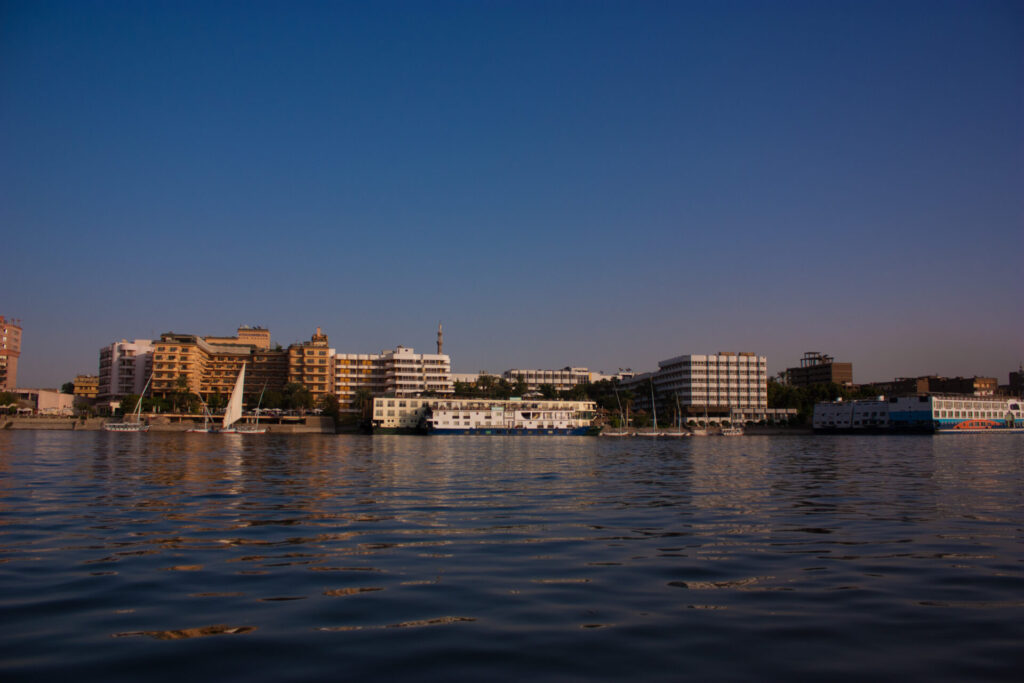The Nile Delta: Where Science, Policy and Politics Collide
No one knows exactly how much the sea will rise in Egypt’s Nile Delta, but rise it will. Within a few decades the water will likely displace millions of people. Still, construction and urbanization continue, often with generous state funding.
The Delta’s floodplains illustrate a fundamental tension between climate science and urban policy: Climate scientists often speak about a distant future, whereas administrators work in the here and now.
“If you say that by the year 2100 this or that will happen to the sea level, no official will listen to you,” said Mohamed Abdrabo, Professor of Environmental Economics and Head of the Alexandria Research Center for Adaptation to Climate Change at Alexandria University. “They have so many problems to handle today that they’re not able to think about 70 or 80 years from now.”
Abdrabo was speaking at an April 18 research workshop hosted by the Salata Institute for Climate and Sustainability at Harvard University, where faculty investigating climate adaptation in West Africa discussed future research directions. The Nile Delta and Gulf of Guinea are the two parts of Africa most affected by rising sea levels.
Communicating the urgency of climate change is difficult in any situation. For officials in Egypt, rolling economic and political crises are often more immediately pressing than abstract hazards illustrated by long-term climate models.
How bad will it get? That’s uncertain – and another source of tension.
The Delta is home to 40 million people. A quarter of the coastal zone sits at or below sea level. Moreover, much of the alluvial plain is subsiding under the weight of urbanization, threatening to worsen floods.

“When policymakers in Egypt hear the word ‘uncertainty,’ they hear that you’re not sure. And to act, they need to be sure what is going to happen,” Abdrabo said.
Yet climate science is about measuring and comparing uncertainties: Scientists model different emissions scenarios to predict where and how much seas will rise, the ways weather patterns will change, the strength of future storms.
Projecting sea level rise is “significantly more complex than people realize,” said geophysicist Jerry Mitrovica, Frank B. Baird, Jr. Professor of Science at Harvard. Mitrovica demonstrated how sea-level projections can be counterintuitive: The melting of the Greenland ice sheet will lower seas in the North Atlantic but raise levels elsewhere; a collapse of west Antarctic glaciers will raise northern seas, with the highest sea level rise expected along the coasts of the United States. What is certain: Together these competing forces will badly impact low-to-mid latitudes.
That is still decades away – probably. For now, scientists realize that such long-term projections are not helpful to policymakers planning in five- or 10-year increments. “Addressing policy-relevant timescales is a central focus of sea-level research these days,” Mitrovica said.
That will help focus policymakers, Abdrabo said, while emphasizing the need to make risks more concrete.
“In developing countries, when you start talking about the environment and how protecting the environment is a good thing, I doubt anybody will listen,” he said. “But if you talk about improving the air quality, reducing the damage that pollution is causing to health and productivity. Then some will listen.”
